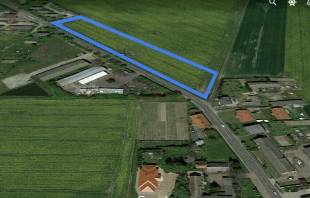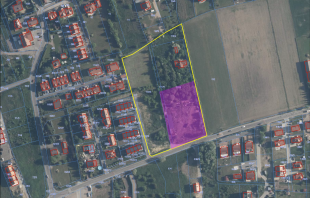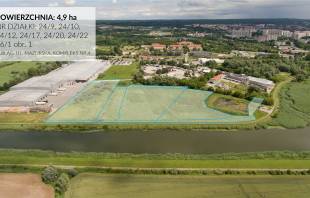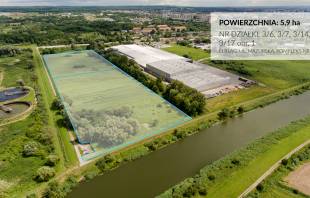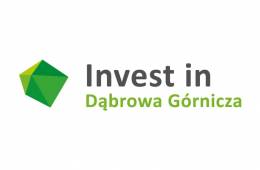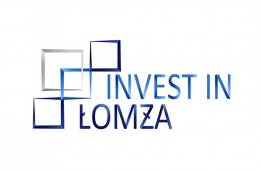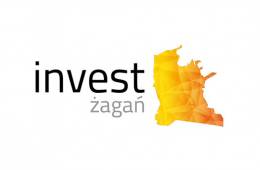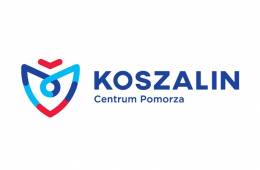Warsaw is the largest office market in Central Europe in terms of leasing volumes, existing built stock and development pipeline, according to the latest report on the office markets in the region’s capital cities of Bratislava, Budapest, Prague and Warsaw, published by Cushman & Wakefield, a leading global real estate services firm. Total office space stock in these four cities stands at over 11.5 million sq m, highlighting their importance as key business locations.
Stock and supply
According to Cushman & Wakefield’s review of the office markets in the capital cities of Central Europe, Warsaw boasted the largest total office stock of more than four million sq m as at the end of June 2013 and this is followed by Budapest in second position with over 3,164,000 sq m. Prague’s total office stock is expected to top three million sq m by mid-2014 while Bratislava currently has a built stock of 1,466,000 sq m. New supply in the Central European region reached 197,700 sq m in H1 2013.
Office space under construction at the end of June 2013 equates to over 845,000 sq m across Central Europe, with Warsaw accounting for almost 448,000 sq m and Prague for 291,400 sq m. The largest office complex to be delivered by the end of 2013 will be the Miasteczko Orange in Warsaw, providing 44,000 sq m of new space. The western part of Warsaw, an attractive location for tenants in search of office space on the edges of the Central Business District is likely to record the largest increase in new space provision over the long term with more than 100,000 sq m of new office space expected to be delivered in the area of Daszyńskiego Roundabout in the coming years.
Prague is experiencing substantial increase in office construction in the city centre (the Prague 1) district, with 77,000 sq m of A class office space under development. This will increase Prague 1’s A class stock by almost 40%. The largest of these projects, Florentinum with 41,000 sq m of office space, will be delivered in 2014.
Jonathan Hallett, Managing Partner of Cushman & Wakefield’s Central European Region, said: “Warsaw and Prague are the dominant markets in Central Europe given the number of projects planned and tenant activity. Greater supply will lead to growing competition among developers who will focus on securing as many pre-lets as possible, while tenants are likely to put more downward pressure on rents and demand better incentives in lease packages. This pressure may ease following the improvement in Europe’s economic conditions in the long term. Budapest has reached stability while Bratislava remains a tenant’s market.”
Richard Aboo, Partner, Head of Office Department in Cushman & Wakefield’s office in Poland, said: “The office market in Warsaw saw a new record take-up at the level of over 330,000 sq m in the first half of 2013. The substantial part of this, however, are renegotiations and/or consolidations of companies looking for space and cost efficiencies. Supply levels are also at an all time high. Around 500,000 sq m is planned to come onto the Warsaw market by the end of 2015, of which more than 400,000 sq m is currently under construction. As a result vacancy levels are increasing, currently hovering at just above 10% with a likelihood for further growth thereby putting a lot of pressure on rental levels with developers aggressively competing for the same pre-let tenants.”
Leases
According to Cushman & Wakefield H1 2013 leasing volumes in the four Central European capitals totalled nearly 692,000 sq m. This is up on both the first and second halves of 2012 (CE take-up in H1 2012 was 625,900 sq m). This highlights rising interest from occupiers who are looking to establish a foothold in the region.
Foreign companies which underpin the majority of the gross take-up levels are using the highly qualified labour pool, lower occupancy costs, good standard of buildings and economic stability to their advantage. The CE region has also been good at attracting a large number of international companies looking to establish their outsourcing centres and which are increasingly providing advanced business services in addition.
The largest new occupation in Central Europe in H1 2013 was the leasing of 13,000 sq m in the Ochota Office Park in Warsaw by a public entity. The largest re-negotiation was in Prague with 20,700 sq m leased by Raiffeisenbank in City Tower. Warsaw continues to record the largest number of pre-let deals across the Central European capitals with nearly 52,000 sq m pre-let in the first half of 2013.
Lease expansions accounted for a record high proportion of take-up in Central Europe, with Budapest recording the largest proportion of expansions where nearly 39,000 sq m of additional office space was leased in the first quarter of 2013.
Rents
Prime rents in the Central Business Districts of the four Central European capital cities remain stable, with the exception of Warsaw where they fell slightly and currently stand at EUR 25.50/sq m/month. In Prague and Budapest prime space in the top prestigious locations can achieve rents of EUR 21/sq m/month, with Bratislava lower at EUR 15/sq m/month. Rents are at an attractive level when compared with the EUR 112/sq m/month commanded in London’s West End (the world’s most expensive office market according to C&W’s Office Space Across the World 2013 report).
Vacancies
The CE vacancy rate of 14.1% in H1 2013 is above the five-year average due mainly to increases in Warsaw and Bratislava in the past few quarters. In addition the vacancy rate is forecast to rise further across the region as new speculative space completes and excess supply is released back to the market. The vacancy rate is the highest in Budapest at 19.9%, albeit has been gradually decreasing from Q2 2012 when it was at 21.3%. Warsaw has the lowest vacancy at 10.5%.
Absorption
The one-year moving average absorption level has been relative stable despite the rising levels of occupier activity in the CE region over the last three years. Since the end of 2010 the volume of occupied stock has expanded by approximately 70,000 sq m per quarter, which is around 50% less than the pre-crisis levels noted between 2007 and 2008. In contrast, the level of leasing activity as measured by gross take-up shows an upward trend indicating that on the one hand existing tenants are constantly searching for ways to optimize their real estate costs and on the other that the market is still growing albeit at the slower rate than what was previously witnessed.
Investment
Investment activity in the core Central European markets of Poland, Czech Republic, Slovakia, and Hungary saw €1,72 billion invested in H1 2013. Investors preference for the office sector continued, attracting 62.5% of the total volume across the same period.
James Chapman, Partner at Capital Markets Group of Cushman & Wakefield, said: “Warsaw has maintained its top position for total investment volumes so far in 2013 with the largest office deal to date the sale of New City to Hines Global REIT. However, the single largest office deal in Central Europe was actually the sale of The Park in Prague. Investors remain keen to secure best-in-class assets that continue to perform exceptionally well and offer income stability despite the increase in new supply. Therefore, we expect to see significant transactional activity in the office sector in both countries between now and the year-end.”
(fot. materiał prasowy)





















